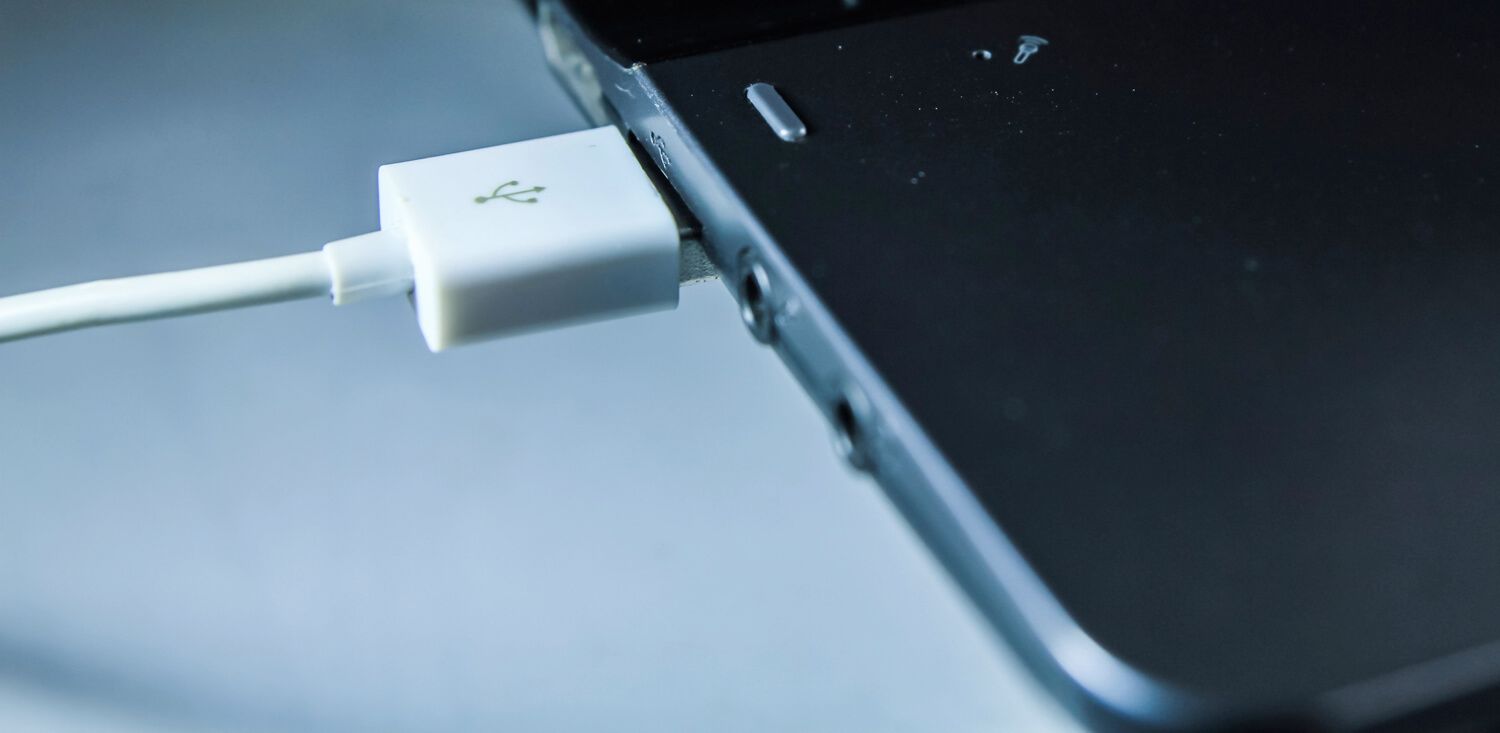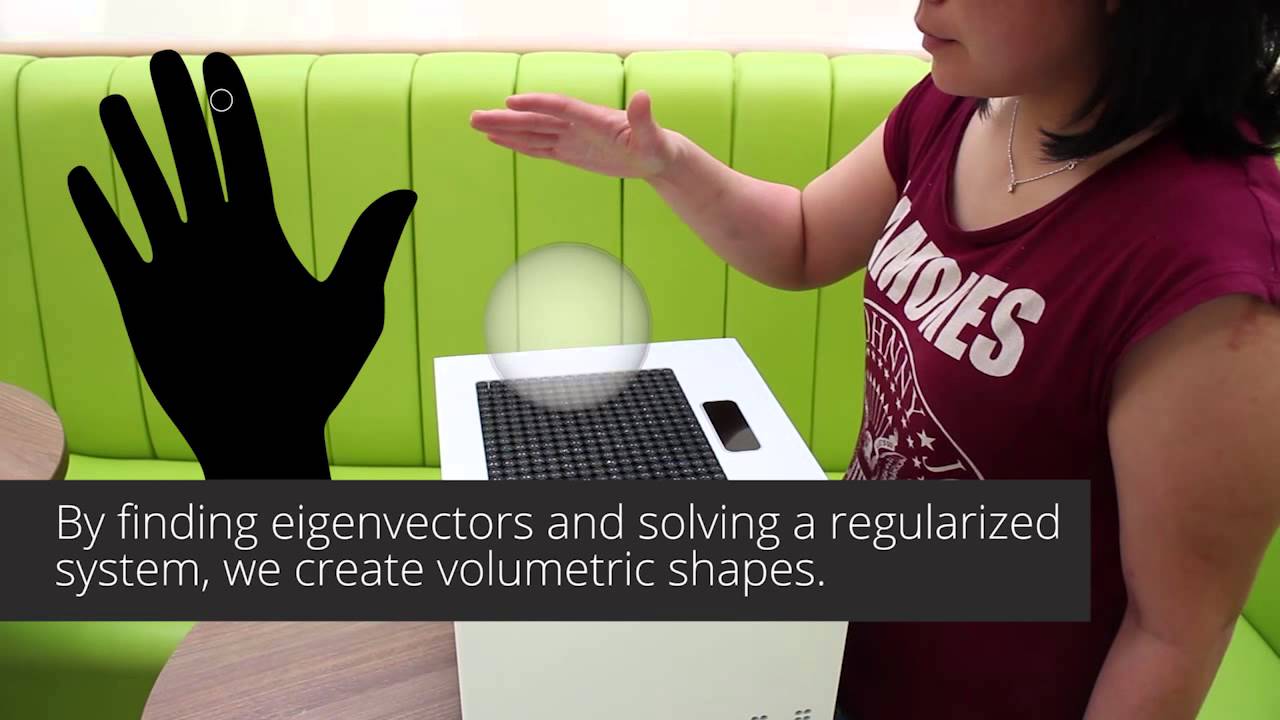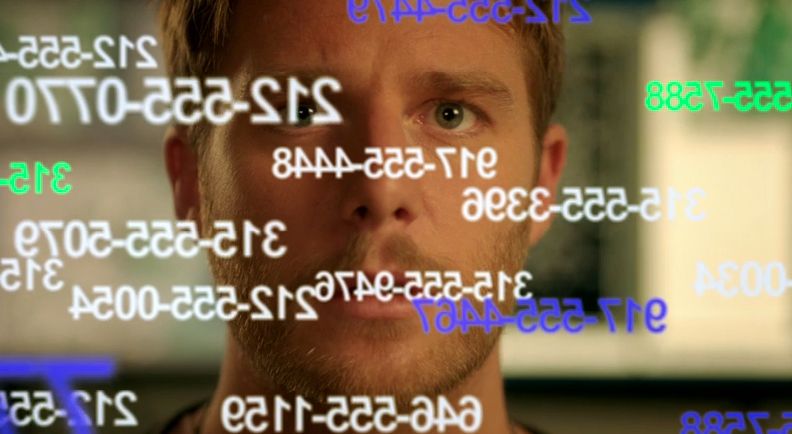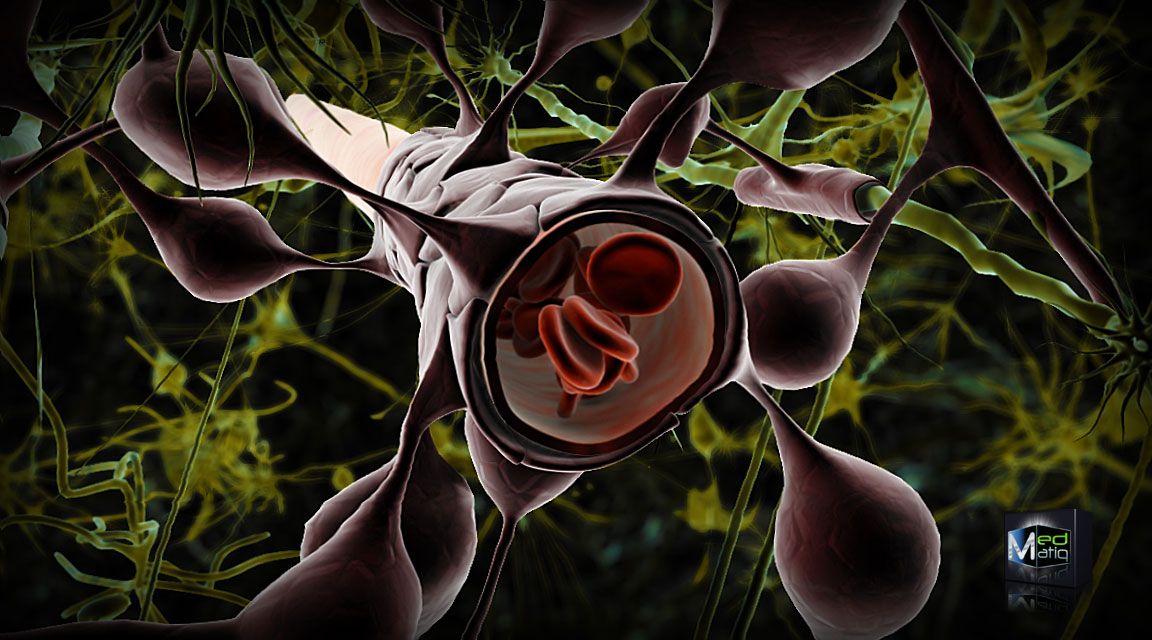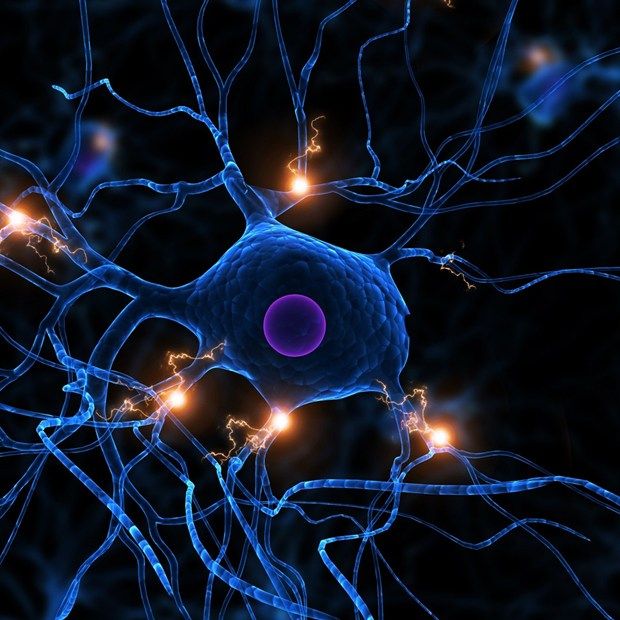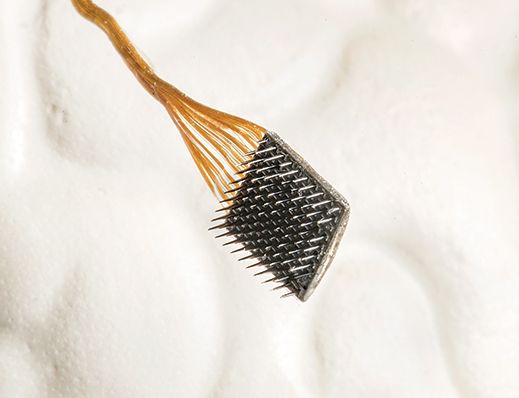Oct 25, 2015
Scientists Connect Brain to a Basic Tablet—Paralyzed Patient Googles With Ease
Posted by Phillipe Bojorquez in categories: biotech/medical, mobile phones, neuroscience
That was the year she learned to control a Nexus tablet with her brain waves, and literally took her life quality from 1980s DOS to modern era Android OS.
A brunette lady in her early 50s, patient T6 suffers from amyotrophic lateral sclerosis (also known as Lou Gehrig’s disease), which causes progressive motor neuron damage. Mostly paralyzed from the neck down, T6 retains her sharp wit, love for red lipstick and miraculous green thumb. What she didn’t have, until recently, was the ability to communicate with the outside world.
